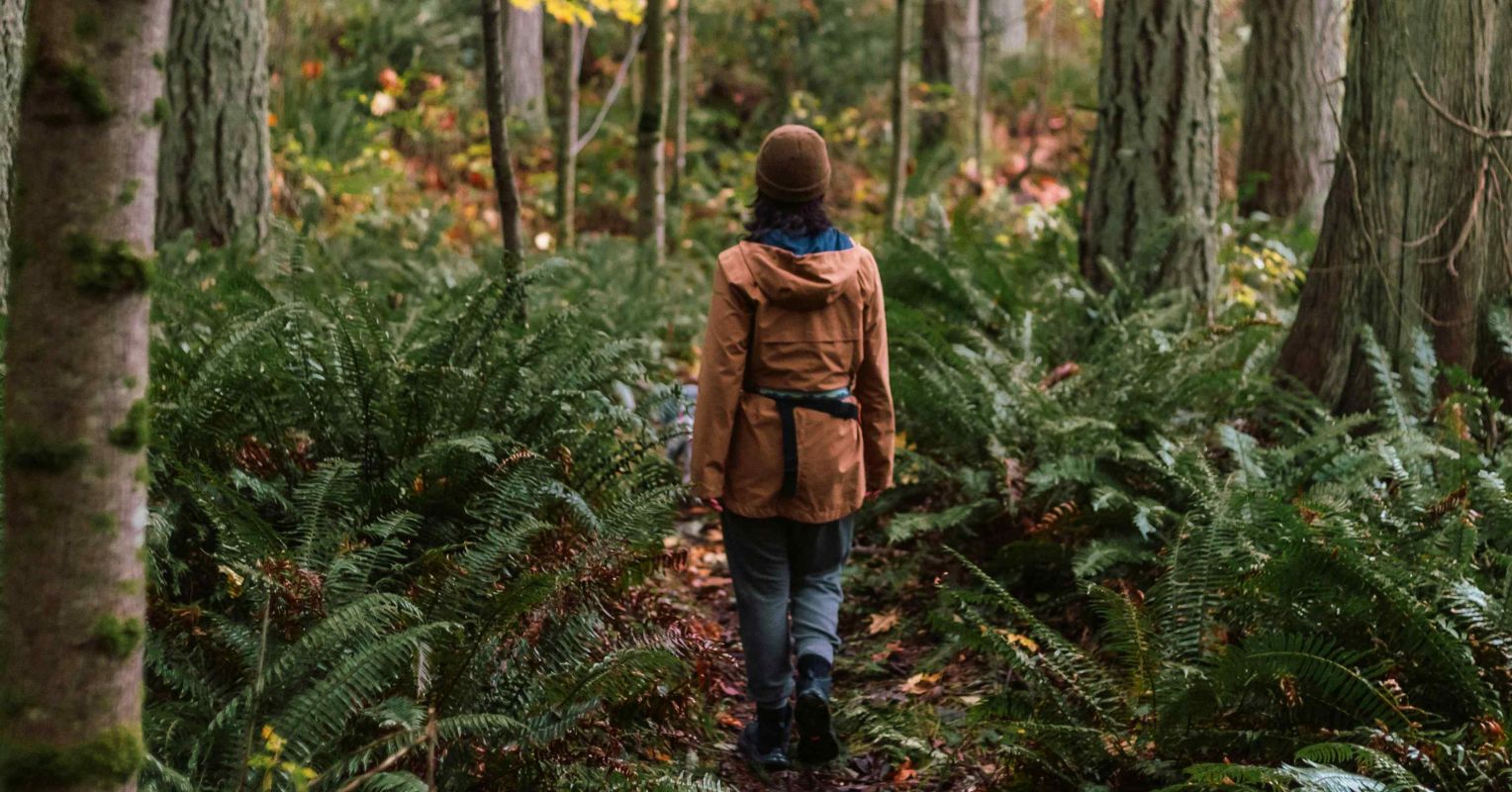
"October 1, 2025, was a day of reflection and sorrow for many of us in the field of evolutionary psychology -even amateurs like me. It marked the end of an era, one defined by the life of Jane Goodall, a pioneer in the study of wild chimpanzees and, subsequently, their conservation. Anyone interested in the origins of human behavior has at least read of, if not frequently referenced, her observations in the forests of Tanzania."
"In addition to Goodall's study of chimpanzees (summarized in van Lawick-Goodall, 1971), he funded Dian Fossey's investigation of mountain gorillas in Rwanda (see Fossey, 1983) and Biruté Galdikas's observations of orangutans on the southeast Asian island of Borneo (see Galdikas, 1995). It was this trio of dedicated pioneers who provided the first detailed look into the lives of our distant genetic cousins, including, in Goodall's case, their use of laughter,"
Jane Goodall conducted pioneering field studies of wild common chimpanzees that revealed behaviors relevant to human origins, including laughter during play. Goodall was one of three naturalists recruited by Louis Leakey to study great apes in natural habitats, alongside Dian Fossey and Biruté Galdikas. Leakey's work in East Africa helped establish the continent as home to early bipedal ancestors and motivated comparative studies of living apes to infer early hominid behavior. The trio provided detailed observations of ape social lives, tool use, and vocalizations. Goodall's observations documented play chases, play wrestling, and tickling accompanied by laughter.
Read at Psychology Today
Unable to calculate read time
Collection
[
|
...
]